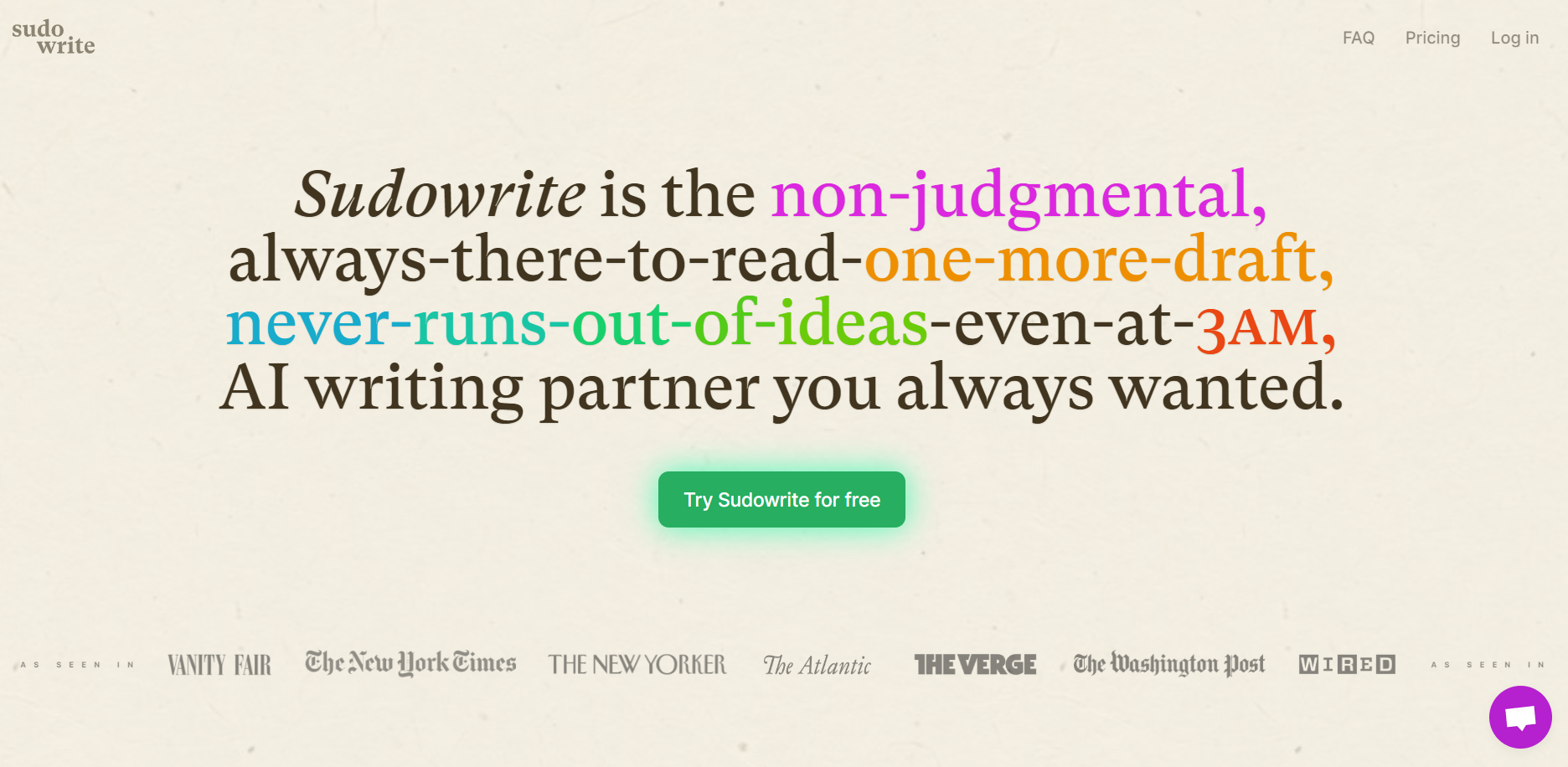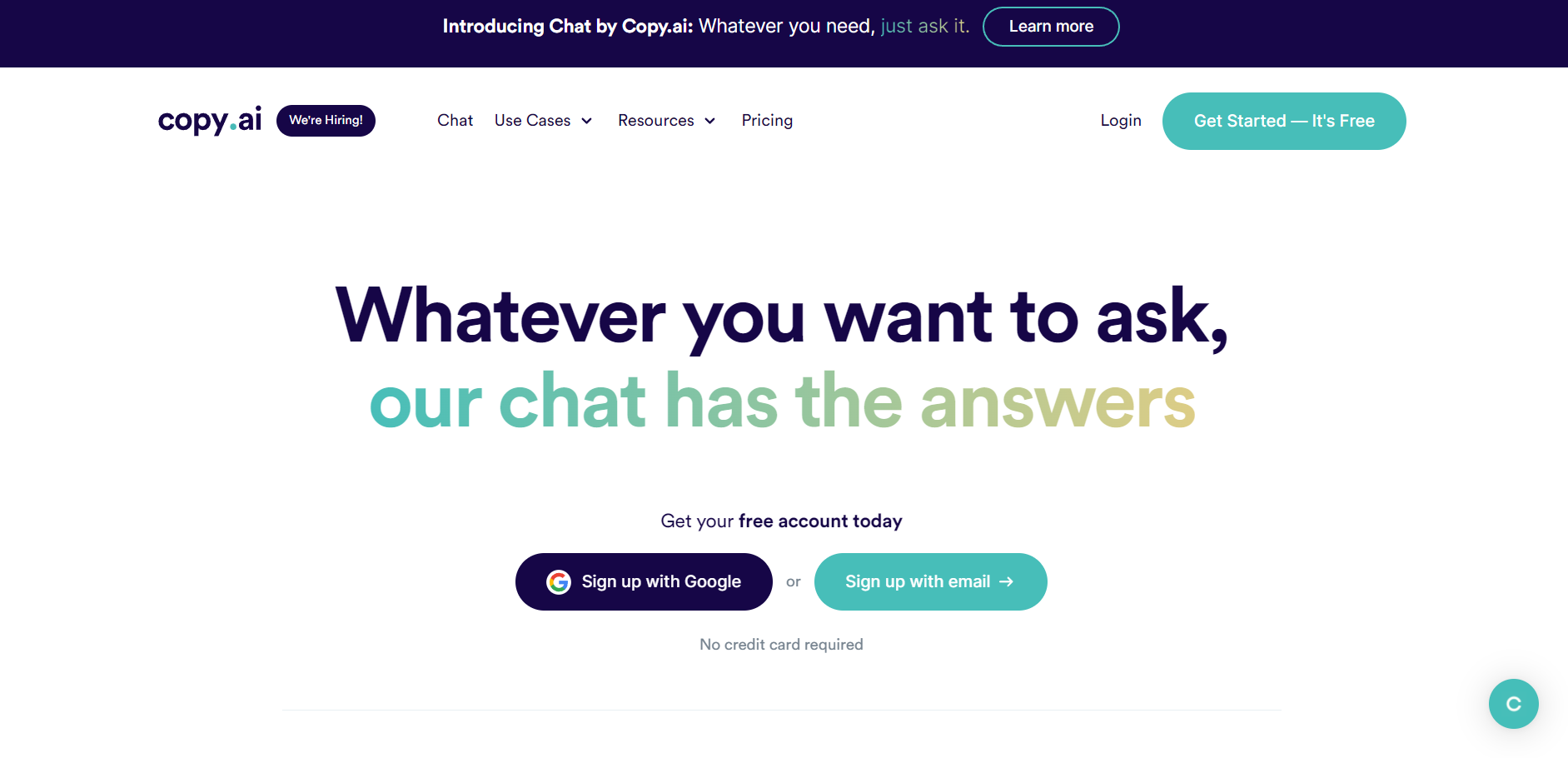Beyond the Pen: The Rise of AI Writing and its Impact on Society
In today’s digital age, content is king. From blogs and social media posts to news articles and marketing copy, written content is everywhere. It’s pretty incredible how artificial intelligence has advanced in generating human-like text, and now businesses and organizations are using it to create everything from marketing copy to financial reports.
But what does this mean for the future of writing, and how will it impact society as a whole? In this article, we’ll explore the rise of AI writing and examine the ways it’s already changing the landscape of content creation.
How AI Writing Works
AI writing is a technology that allows computers to generate text that resembles human writing. It works by using machine learning algorithms and analyzing large amounts of data to learn how to write like a human. AI prompting analyzes lots of data and learns how humans write. Chat GPT is an example of an AI content generator that uses AI prompting to create high-quality content quickly. Here’s a closer look at how AI writing works.
Machine learning
AI writing uses machine learning to teach computers how to predict and generate text. By training computer algorithms on large datasets of text, they can learn to predict what words and phrases come next in a sentence. As they continue to learn, these algorithms can even mimic the style and tone of human writing.
Natural language processing
Natural language processing is another critical technology in AI writing. AI writing needs natural language processing (NLP) to make computers understand human language. NLP breaks down sentences and paragraphs into parts, helping AI models create text that is coherent and grammatically correct, and sounds like it was written by a human.
Neural networks
Neural networks are a type of machine learning algorithm that is particularly well-suited to AI writing. These networks are modeled after the structure of the human brain and are capable of learning complex patterns in data. Just like the human brain, they predict what words and phrases are likely to come next in a sentence or paragraph based on the previous words.
Large language models
Large language models are at the forefront of AI writing. These models, such as OpenAI’s GPT-3, are trained on massive datasets of text and are capable of generating highly coherent and convincing text. They are also capable of performing a wide range of natural language tasks, including language translation, summarization, and question-answering.
Examples of AI Writing Tools
AI Writing Tools are rapidly becoming a popular choice for writers all over the world. With advancements in Artificial Intelligence (AI), these tools can help writers create high-quality content in a fraction of the time it would take to write manually. The benefits of using AI writing software go beyond simply saving time; they also offer a range of features that help improve the overall quality of written work. Here are three popular examples of AI writing tools:
Jasper: Best for Power Users

Jasper uses natural language processing (NLP) technology to create high-quality content. It can generate content for a range of purposes, including blog posts, social media posts, and even emails. Jasper’s interface is user-friendly, making it easy for even non-technical users to get started. Jasper also offers a free trial, so users can try it out before making a purchase.
Sudowrite: Most User-Friendly Writing Tool

Sudowrite uses machine learning algorithms to create written content. It offers a range of features, including the ability to analyze existing content and generate suggestions for improvement. Sudowrite also offers a personalized writing assistant, which can help users improve their writing skills over time. It offers a free trial as well.
CopyAI: Best for Copy Writing

CopyAI specializes in generating marketing copy. It can create ad copy, product descriptions, and even entire landing pages. CopyAI uses GPT-3 technology to generate high-quality content that is optimized for conversion. It has a user-friendly interface and offers a free trial, making it an accessible option for businesses of all sizes.
Applications of AI Writing
One of the most fascinating things about AI writing is how versatile it is. AI Writing Tools are quickly becoming a game-changer in the world of writing. With advancements in Artificial Intelligence (AI), these tools are making waves in various industries, revolutionizing the way content is created. In this article, we will explore three examples of how AI Writing Tools are being used in the Business World, Creative Industry, and Education.
In the Business World

AI Writing Tools are being increasingly used in the business world to create high-quality content for various purposes. These tools help businesses create blog posts, landing pages, social media posts, and even Google Ads. With AI Writing Tools, businesses can generate high-quality content quickly and efficiently, saving time and resources. AI Copywriting can help businesses create product descriptions that are optimized for conversions. Some popular AI Writing Tools for businesses include CopyAI, Jasper, and Sudowrite. These software tools offer a range of features, including a free plan, to help businesses create high-quality content and boost their content writing game.
In the Creative Industry

AI Writing is helping creative professionals quickly and easily generate long-form content, creative writing, and scripts. These tools use advanced algorithms to analyze data and create outlines, resulting in high-quality content. They are especially useful for creatives who want to generate content efficiently and without hassle. Popular AI Writing Tools in the creative industry include OpenAI, GPT-3, and Hugging Face, which offer a range of features including an AI writing assistant to help creatives write more efficiently.
In Education

AI writing is being increasingly used in education to help students improve their writing skills. These tools offer a range of features, including grammar and spell-checking, to help students produce quality content. Some AI writing tools offer personalized writing assistants, which can help students learn to write more effectively over time. With AI writing tools, students can create high-quality content for assignments, essays, and even their resumes. Some popular AI writing tools in education include Grammarly, ProWritingAid, and Hemingway. These tools offer a free trial, making it easy for students to get started and improve their writing skills.
In Journalism

AI writing is transforming the field of journalism by enabling reporters and journalists to generate high-quality content quickly. These tools offer a range of features that can help journalists write news stories, headlines, and summaries efficiently. By using AI writing, journalists can save time and focus on other important tasks. AI writing can analyze data and generate insights that can aid journalists in their research. Automated Insights, Wordsmith, and Articoolo are some of the most popular AI Writing Tools in journalism. These tools come with customizable templates and other features that help journalists create high-quality content.
Advantages of AI Writing

AI writing tools are rapidly gaining popularity and acceptance in the writing industry and for good reason. The benefits of using AI writing tools are numerous, and they go far beyond just saving time. Here are some of the advantages of using AI writing tools:
Speed and Efficiency
One of the biggest advantages of AI writing is its ability to generate high-quality content at lightning speed. Unlike human writers who need time to research, brainstorm, and write, AI writing tools can quickly analyze data, learn about the topic, and generate content in a matter of seconds. This can save content creators a significant amount of time and resources.
Customizability
AI writing tools are highly customizable. They can be trained to produce content that fits the brand’s voice and style, ensuring consistency across all content. This is especially important for businesses that have a specific brand image they want to maintain.
Accuracy and Precision
Another advantage of AI writing is its accuracy and precision. They use machine learning algorithms to ensure that the content they produce is free of errors and grammatically correct. This accuracy is especially important for businesses that need to produce high-quality articles or marketing copy.
Reduction in Human Error
AI writing tools can help reduce human error. They are designed to catch spelling and grammar errors, ensuring that the content they produce is error-free. This is especially important for businesses that want to create professional-looking content.
Concerns about AI Writing

AI writing has undoubtedly revolutionized the way we create content, but it also raises some concerns. As AI writing tools become more widespread, some worry about their impact on the quality of content, the potential loss of jobs for human writers, and ethical issues surrounding the use of AI-generated content. In this context, it is important to consider the potential downsides of AI writing and how we can mitigate them.
Plagiarism and Copyright Infringement
One of the biggest concerns is the issue of plagiarism and copyright infringement. Since these tools can generate content quickly and easily, there’s a risk that they could produce work that is too similar to existing content or infringes on someone else’s intellectual property. It’s important to use AI writing tools responsibly and to ensure that any content produced is original and properly cited if necessary.
Quality of Output
While AI tools are becoming increasingly sophisticated, they are not yet able to fully replicate the nuance and complexity of human writing. As such, there is a risk that the output generated by these tools may not be of the same quality as that produced by a skilled human writer. It’s important to remember that AI writing tools should be viewed as a tool to assist writers, rather than a replacement for them.
Ethical Considerations
There are ethical considerations to keep in mind when using AI writing tools. For example, there’s a risk that these tools could replace human writers or devalue the role of writing in society. It’s important to ensure that these tools are used responsibly and in a way that supports, rather than detracts from, human creativity and ingenuity.
Future of AI Writing

As AI writing tools continue to evolve and improve, there is no doubt that they will play an increasingly important role in the world of writing. Let’s take a look at some potential developments we can expect to see in the future:
Potential for advancements
There is great potential for advancements in AI writing technology. As AI algorithms become more sophisticated, we can expect to see tools that are even more accurate and precise, and that are better able to replicate the nuances of human writing. We may see tools that are capable of producing even more complex forms of writing, such as poetry or screenplays.
Integration with other technologies
We can expect to see AI writing tools increasingly integrated with other technologies. For example, AI tools may be combined with speech-to-text software to allow users to dictate their writing directly into the tool. We may also see AI writing tools integrated with virtual reality or augmented reality technologies to allow for more immersive writing experiences.
Impact on the writing industry
The rise of AI writing is sure to have a significant impact on the writing industry. While some have expressed concern that these tools may lead to job losses for human writers, it’s also possible that they will open up new opportunities and markets. For example, AI writing tools could make it easier for small businesses and individuals to produce high-quality content at a lower cost. These tools may be used to augment the work of human writers, allowing them to focus on higher-level tasks while the AI tool handles more routine writing tasks.
Final thoughts
In conclusion, the rise of AI writing has undoubtedly made a significant impact on society, changing the way we create, consume, and share written content. While there are valid concerns about the potential misuse and ethical implications of AI writing, it is clear that these tools can offer immense benefits in terms of efficiency, productivity, and accessibility. As writers and content creators, it is important to stay informed about the latest advancements in AI writing technology and use it responsibly, in a way that serves the best interests of our readers and the wider community. Ultimately, the success of AI writing will depend on our ability to strike a balance between human creativity and technological innovation, leveraging the strengths of both to achieve our collective goals.







